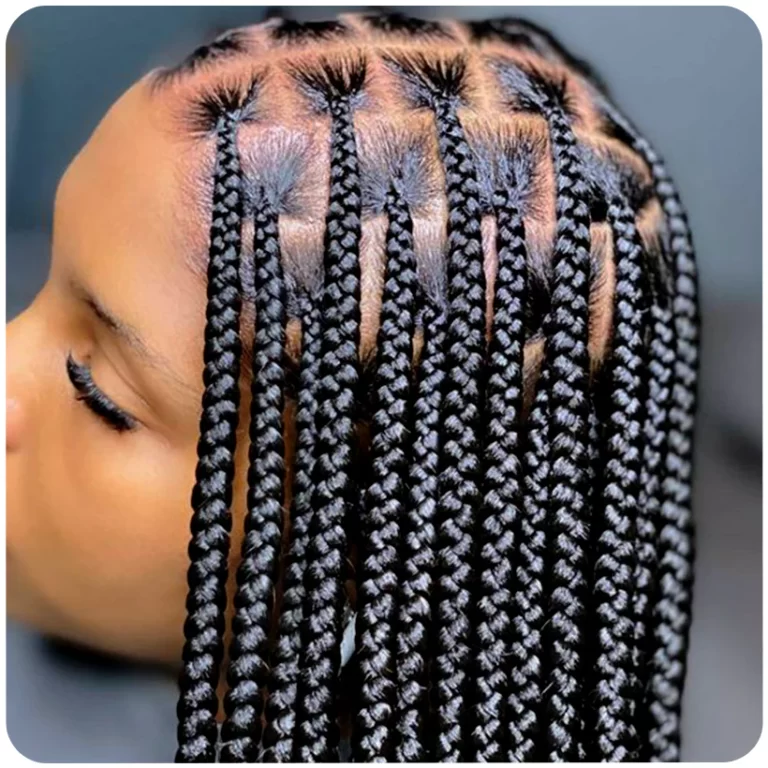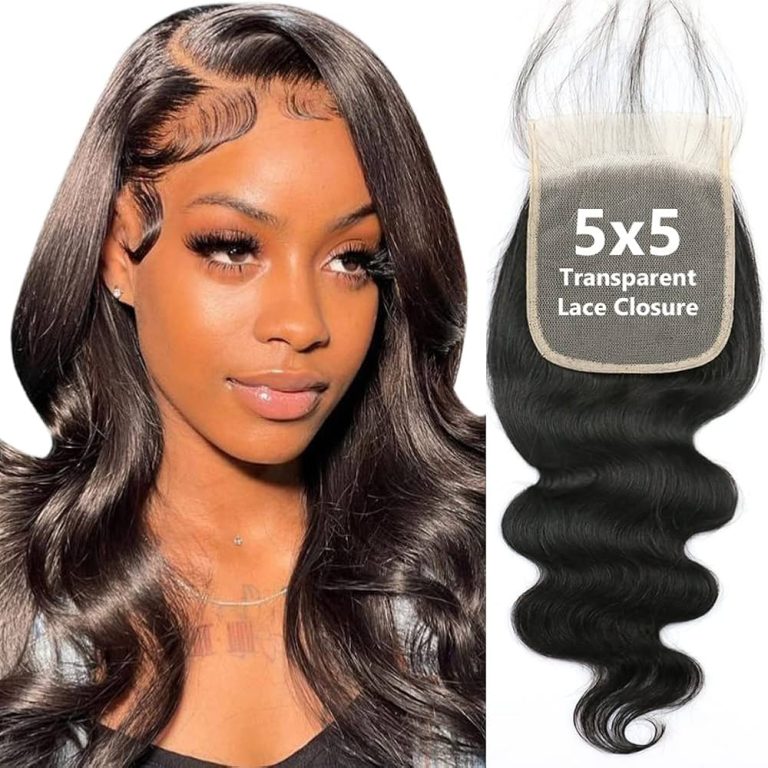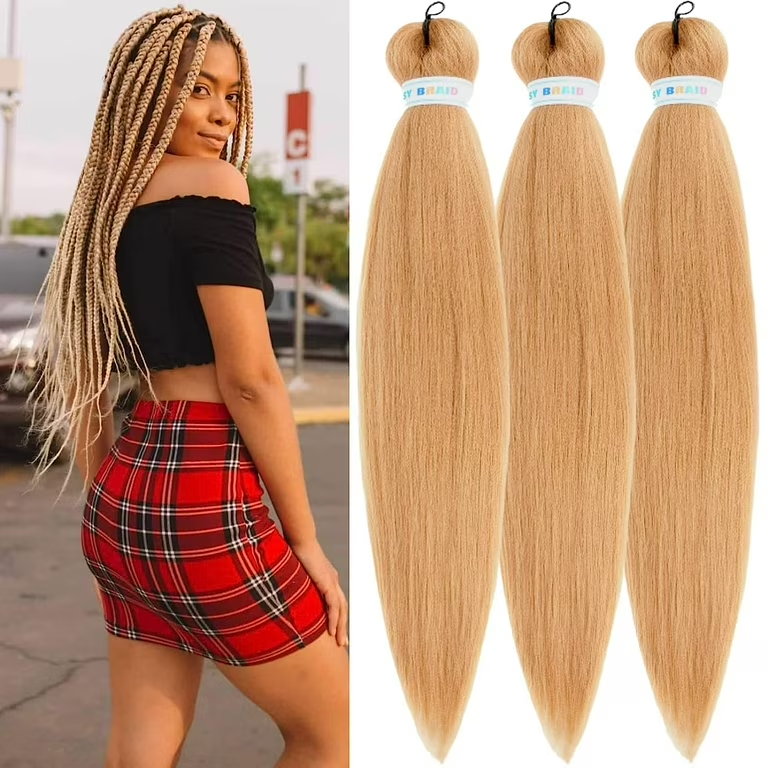
Soothing Scalp Care: Remedies for Braid Bumps
Identifying Braid Bumps
Knowing how to spot braid bumps early can make all the difference. Recognizing these signs will help you take timely action to treat discomfort. How to treat bumps from tight braids?Braid bumps may not always be obvious, but they have distinct characteristics you can look for.
Signs and Symptoms of Braid Bumps
Braid bumps often manifest as small, raised lesions near the hair follicles. They can feel sore or itchy. If you’ve recently had your hair braided and notice redness or swelling on your scalp, these could be braid bumps. You might also experience discomfort when touching the affected areas or when lying down on a pillow.
Some individuals report a sensation of tightness around the bumps. In severe cases, pus-filled blisters can form, indicating an infection. These signs should not be ignored, as they can lead to further complications when left untreated.

Causes of Braid Bumps
Braid bumps typically occur due to tension from tight braiding. How to treat bumps from tight braids?When braids pull on the roots too forcefully, they can damage the hair follicles. This damage might then evolve into the bumps you see and feel.
Another contributing factor is a lack of scalp hygiene. Dirt, sweat, and product buildup can exacerbate the irritation caused by tight braids. Poor braiding techniques, where hair is unevenly partitioned or pulled inconsistently, also contribute to the development of braid bumps.
Recognizing the signs and understanding the causes of braid bumps are the first steps towards effective treatment. With proper care and adjustments to your hair care routine, it’s possible to manage these symptoms and prevent future occurrences.
Understanding the Causes of Bumps
Bumps from tight braids result from inflammation. How to treat bumps from tight braids?When hair is tightly woven, the follicles can become irritated. This tension leads to painful bumps on the scalp. Additionally, hair breakage can occur. Strain on hair follicles weakens them over time, contributing to loss and injury. Consequently, it becomes vital to untangle these issues early to avoid more severe damage.
Moreover, braiding techniques play a significant role in scalp health. Some styles require more tension than others. For example, box braids may cause more irritation compared to loose twists. Thus, anytime there’s excessive pulling, bumps become likely. Preventing such irritation starts with choosing the right style. Selecting looser styles can make a remarkable difference.
People wearing braids should also monitor their scalp health. Signs of irritation often indicate underlying problems. Rubbing and scratching can worsen already inflamed areas. Therefore, it’s vital to be gentle with the scalp. A little care goes a long way in ensuring long-lasting comfort.
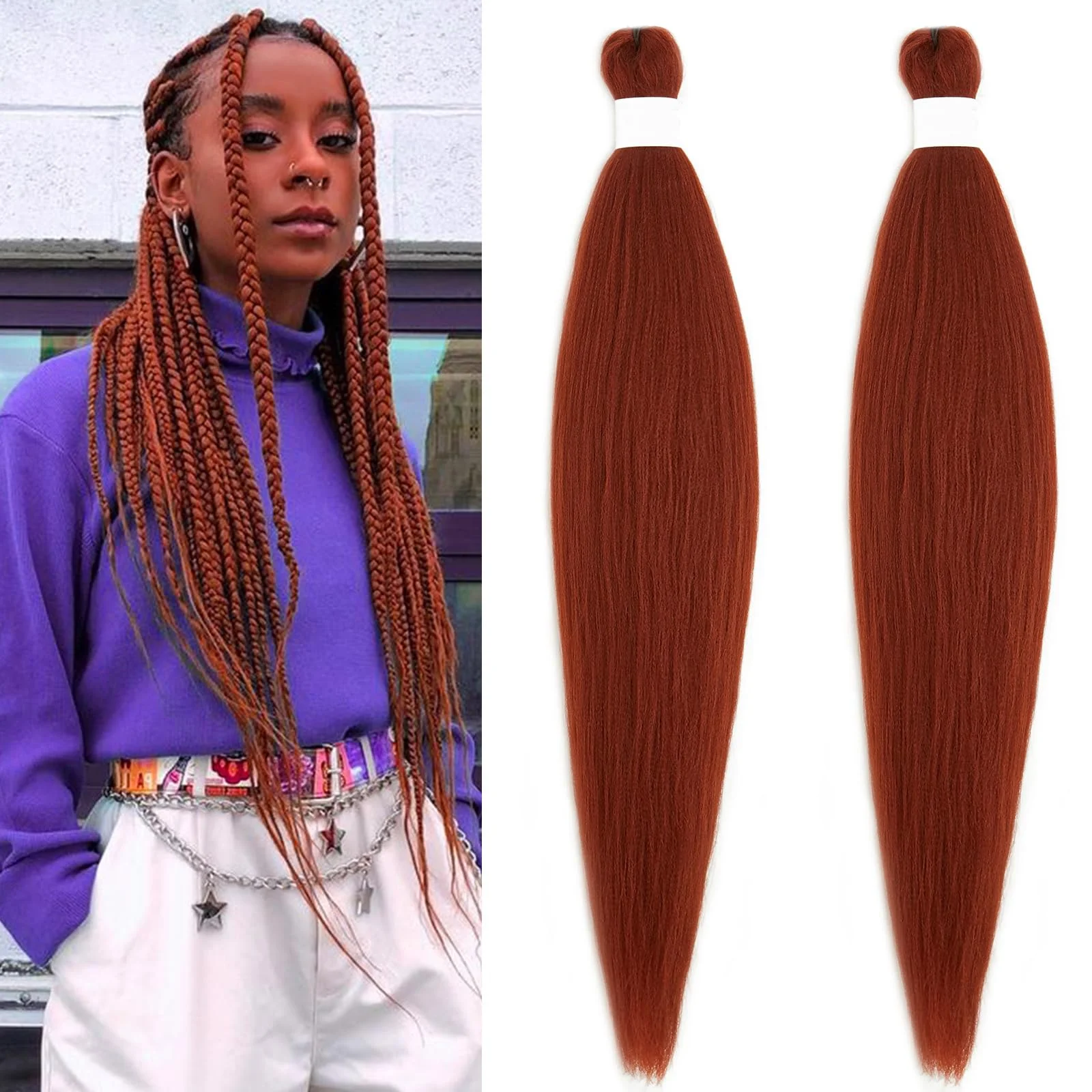
Immediate Relief for Bumps
When bumps appear, immediate relief is essential for comfort. How to treat bumps from tight braids?Utilizing cold compresses can effectively soothe the area. Applying a cool cloth reduces inflammation and provides pain relief. Additionally, aloe vera can be incredibly beneficial. This natural remedy clears redness and promotes healing in irritated skin.
Over-the-counter treatments can also prove effective. Creams with hydrocortisone may reduce swelling and itchiness. Moreover, soothing oils like tea tree oil can provide antibacterial properties. Applying diluted tea tree oil can help prevent infections. Always remember to patch test to avoid further irritation.
Maintaining hydration in the scalp area is crucial. Hydrated skin is less prone to breakouts. Including moisturizing lotions can ensure skin remains supple. Therefore, try to apply natural oils or creams after washing hair. Ensure the product does not clog pores to avoid causing additional bumps.
Immediate Actions to Alleviate Braid Bump Discomfort
How to treat bumps from tight braids?When dealing with braid bumps, immediate and careful action can prevent further damage. Understanding how to quickly soothe your scalp will set you on the path to relief.
Loosening Braids Gently
One of the first steps in treating braid bump discomfort is to loosen the braids. Pulling braids too tight can cause stress on the hair follicles. Gently widen the braids where they feel the tightest, being careful not to tug sharply. Use your fingers to lightly massage the scalp. This helps increase blood flow and eases tension around the braid bumps. Remember, the key is gentle manipulation to avoid additional harm to your scalp.
Applying Ice Packs
Reducing inflammation is crucial in managing the pain and swelling of braid bumps. Place a clean cloth between your scalp and the ice pack to protect the skin. Apply the ice pack to the affected area for periods of 15 minutes. This will help to numb the discomfort temporarily. Make sure not to overdo it, as prolonged cold exposure can damage the skin. Repeat this process several times throughout the day as needed for relief.
Taking these steps promptly after noticing braid bumps can greatly diminish discomfort. These immediate actions can also aid in preventing the bumps from worsening. It’s important to address symptoms as soon as they appear for the best chance at a quick recovery.

Home Remedies for Braid Bumps
Home treatments can be effective in soothing braid bump discomfort. How to treat bumps from tight braids?Here are some gentle remedies you can try at home.
Tea Tree Oil Application
Tea tree oil is renowned for its antibacterial properties, making it an excellent choice for treating scalp issues. To use tea tree oil:
- Dilute a few drops in a carrier oil, such as coconut or olive oil.
- Gently apply the mixture to the affected areas with your fingertips.
- Leave it on for about an hour.
- Rinse it off with a mild shampoo.
Repeat this application daily until you notice improvements. Be sure to perform a patch test beforehand to ensure you’re not allergic to tea tree oil.
Aloe Vera Gel
Aloe vera is a natural soothing agent that can reduce inflammation and calm the scalp. To apply aloe vera gel:
- Extract fresh gel from an aloe leaf or use store-bought pure aloe vera gel.
- Spread the gel onto the bumps and massage gently.
- Let it sit for 30 minutes to an hour.
- Wash it off with cool water and a gentle shampoo.
You can do this every day to help ease the soreness and expedite healing. Aloe vera is gentle and typically suitable for all skin types.
Over-the-Counter Solutions
When home remedies don’t fully alleviate braid bump discomfort, over-the-counter solutions can be very effective.
Hydrocortisone Creams
Hydrocortisone creams are a popular choice for treating braid bumps. They reduce swelling, redness, and itchiness. Apply a small amount of cream to the affected area. Do this once or twice daily. Always follow the instructions on the product label. Stop using it if there is no improvement after a few days.
Antihistamine for Reducing Itching
Antihistamines can also help manage the symptoms of braid bumps, especially severe itching. They block the action of histamine, a substance in the body that causes allergic symptoms. Take the recommended dosage of an over-the-counter antihistamine. But, consult a doctor if symptoms persist. Remember, drowsiness is a common side effect of many antihistamines.
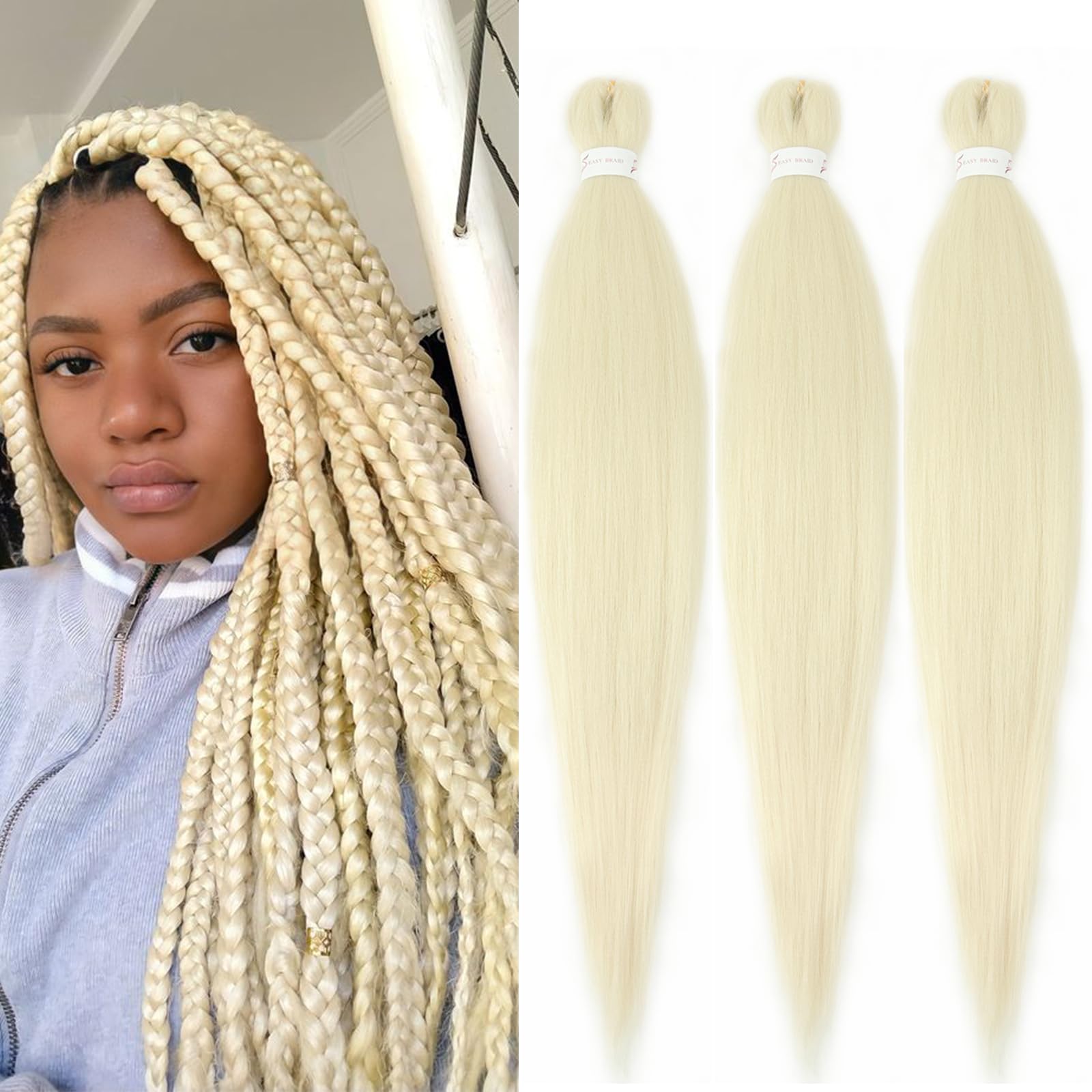
Preventative Measures for Future
Preventing braid bumps begins with adopting proper braiding practices and ensuring scalp care.
Correct Braiding Techniques
The way you braid your hair can minimize the risk of developing uncomfortable bumps. Here are a few techniques to consider:
- Avoid overly tight braids. Tight braids put excessive stress on hair follicles, leading to irritation.
- Use consistent tension. Ensure that the pressure during braiding is even, which helps prevent undue stress on any part of the scalp.
- Partition hair properly. Evenly divided sections contribute to uniform braids and reduced tension.
- Opt for larger braids if you’re prone to scalp sensitivity. Smaller braids often pull more and can exacerbate discomfort.
By following these simple yet effective braiding techniques, you can enjoy beautiful braids without the worry of braid bumps.
Importance of Scalp Hydration
Keeping your scalp well-hydrated is key to preventing braid bumps. A moisturized scalp is less likely to experience irritation. Here’s how to maintain scalp hydration:
- Use hydrating shampoos and conditioners. Products designed for moisturization support scalp health.
- Apply natural oils. Light oils like argan, almond, or jojoba can keep your scalp nourished without clogging pores.
- Avoid frequent hair washing. Overwashing can strip natural oils from your scalp, leading to dryness.
- Drink plenty of water. Internal hydration reflects on your skin, including your scalp.
Maintaining a hydrated, healthy scalp can drastically reduce the risk of developing braid bumps and enhance overall hair health.
When to Seek Professional Help
Sometimes, despite our best efforts, braid bumps may not improve with home care. In such cases, professional help is necessary.
Signs That Indicate the Need for a Dermatologist
You should see a dermatologist if you experience:
- Persistent redness or swelling that doesn’t subside.
- Pus or severe pain around the hair follicles.
- Symptoms that worsen or do not improve with home treatments.
- Visible signs of infection that include discharge or fever.
- Braid bumps returning frequently or with more severity.
These signs indicate that your condition may require medical attention to prevent complications.
Potential Medical Treatments for Severe Cases
When home remedies and over-the-counter options do not suffice, the following medical treatments may be necessary:
- Antibiotics to fight any infection present.
- Prescription-strength topical treatments for intense inflammation.
- Corticosteroid injections to alleviate stubborn bumps.
- Incision and drainage if you have large, painful, pus-filled bumps.
Your dermatologist will recommend the best course of action based on your symptoms. Follow their advice to help heal your scalp and avoid further issues with braid bumps.
